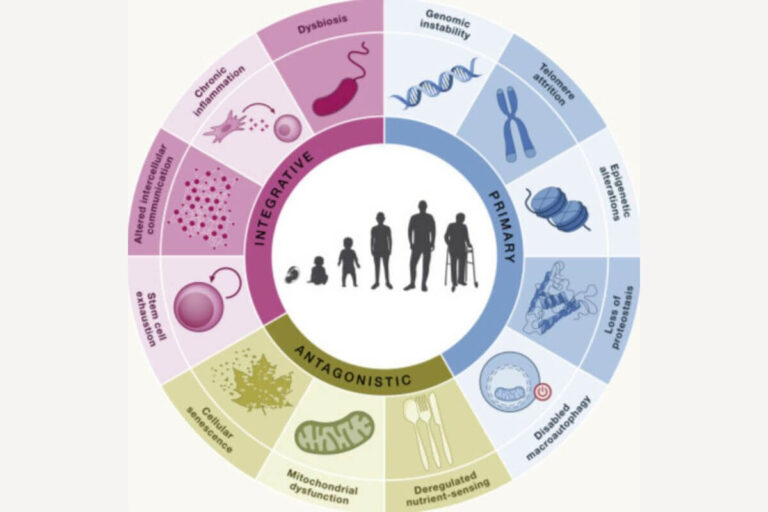Imagine living long enough for advancements in science and technology to surpass the aging process itself. It’s not science fiction; it’s a theory gaining serious traction among researchers and futurists alike. But what exactly is Longevity Escape Velocity, and why is it such a groundbreaking idea?
The idea of Longevity Escape Velocity was coined by the biogerontologist Dr. Aubrey de Grey, one of the foremost advocates of life extension. LEV is the rate at which medical science and anti-aging technologies must advance to extend life expectancy faster than the aging process itself. In simpler terms, if we can stay alive long enough, it’s believed that science will eventually catch up with the challenge of aging, potentially offering us the opportunity to live longer, healthier lives—or even indefinitely.
To put it into perspective, let’s say that for each year that passes, medical breakthroughs add more than a year to our lifespan. If this happens, we could potentially avoid the most debilitating effects of aging and even reverse some aspects of it. Theoretically, once we hit this “escape velocity,” we’ll be able to keep aging at bay, indefinitely staying ahead of our biological clocks.
The Science Behind Longevity Escape Velocity
At the heart of LEV lies the rapidly advancing field of biotechnology and regenerative medicine. Scientists are exploring ways to repair or replace damaged cells, restore youthful tissue, and even rejuvenate organs using cutting-edge therapies such as stem cell research, gene editing (like CRISPR), and senescence cell removal.
The race is on to understand and target the mechanisms behind aging at a molecular level. Aging is no longer viewed as an inevitable, irreversible process but rather a series of biological malfunctions that can be mitigated with the right tools. It’s like maintaining and repairing a high-performance car—where we check the engine, tires, and brakes regularly, ensuring everything is running smoothly. Isn’t it curious that many people know more about the condition of their car than about the state of their own bodies? Imagine if we applied the same level of attention to our health as we do to our vehicles. Instead of waiting for parts to break down, we could preventively maintain our bodies, ensuring they stay in peak condition for as long as possible.
One of the most promising developments lies in telomere research. Telomeres are the protective caps at the ends of chromosomes, and as they shorten over time, they contribute to aging. By finding ways to prevent or reverse this shortening, scientists believe they can extend the lifespan of our cells—and, consequently, our bodies.
Staying Alive Long Enough: The Real Challenge
The most exciting aspect of LEV is that it’s not about waiting for some miraculous, one-time discovery to drastically extend life. Rather, it’s about creating a perpetual cycle of progress where each scientific breakthrough buys us time to reach the next. This idea is akin to a cosmic race—staying alive long enough to see the breakthroughs of tomorrow.
But there’s a catch: while LEV offers the tantalizing promise of extended life, it also comes with a very real, practical challenge. The current life expectancy is approximately 80 years, and science is not yet advancing at a pace quick enough to guarantee that each year of life we gain will be followed by another breakthrough. However, many optimists believe that we may be closer to that “escape velocity” than we realize, especially with the rapid developments in personalized medicine and longevity research.
The Longevity Mindset: A New Paradigm
The idea of Longevity Escape Velocity represents a paradigm shift. It’s not just about adding a few extra years to life but creating a mindset where we view aging as a condition that can be mitigated or even reversed. As a society, we are increasingly shifting from a fatalistic view of aging to one of hope, innovation, and possibility.
The longevity movement is not just for those looking to extend their own lives, but also for future generations. With a focus on both individual health and collective progress, longevity advocates are looking toward a world where aging is not just delayed but actively countered by technological and medical advancements.
For many, this represents a new frontier in healthcare—a future where disease and decay are not inevitable, but preventable. And as more and more individuals, companies, and governments invest in longevity research, the possibility of LEV becoming a reality feels closer than ever.
A Lifestyle Built for Longevity
To increase your own chances of reaching this exciting future, experts suggest incorporating lifestyle changes that support health and vitality. Diets rich in antioxidants, regular exercise, good sleep, and a commitment to mental health are all part of the equation. Many also advocate for embracing the tools available now— like regenerative therapies, personalized medicine, and even cryonics—that can contribute to a longer, healthier life while we wait for the breakthroughs of tomorrow.
Longevity Escape Velocity is a tantalizing concept—one that could redefine aging as we know it. It proposes a future where medicine and science advance so rapidly that they can offset the process of aging itself, creating a future where our lifespans could be extended indefinitely. While we may not be quite there yet, the rapid pace of research, along with increasing investment in longevity, suggests that the escape velocity may soon be within reach. And with it, a new era of human health and potential awaits.
To learn more about Longevity Escape Velocity and the scientific advancements behind slowing aging, you can explore Aubrey de Grey’s book Ending Aging: The Rejuvenation Breakthroughs That Could Reverse Human Aging in Our Lifetime.







